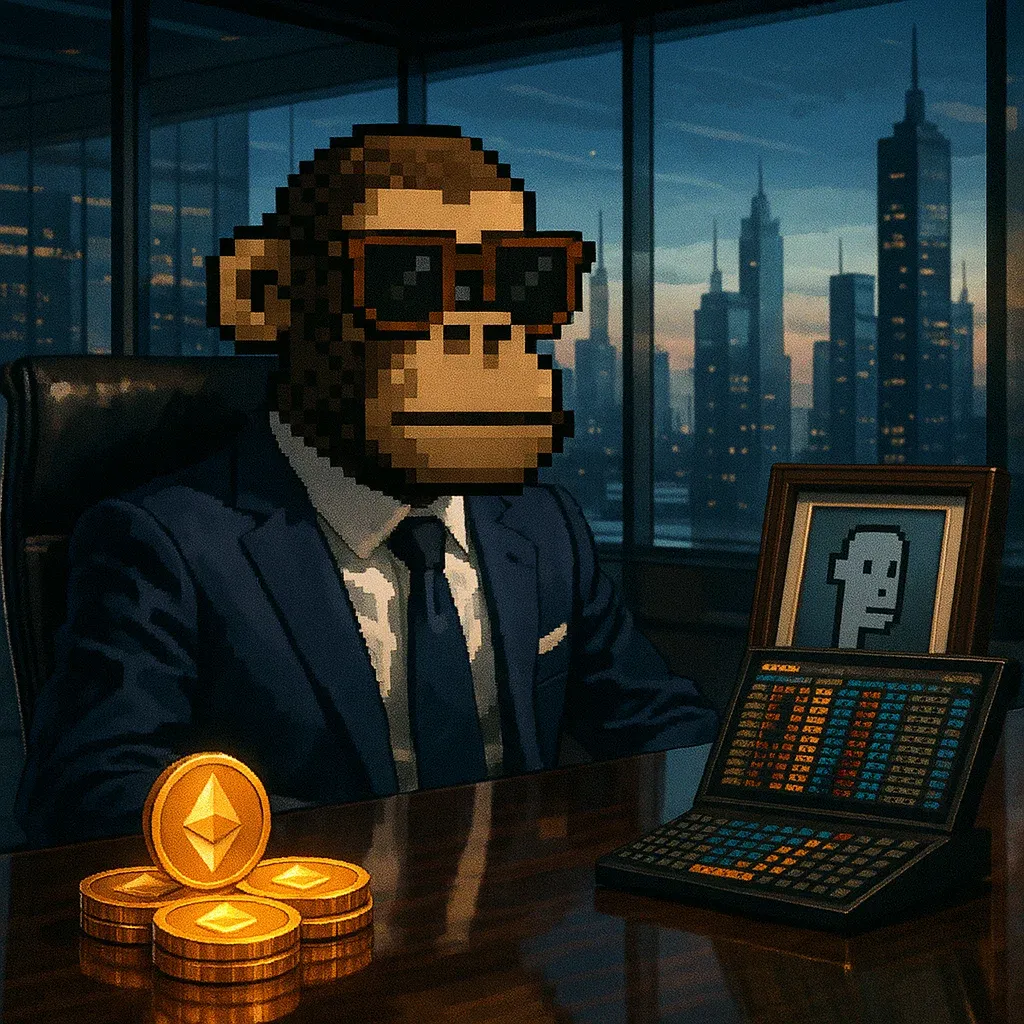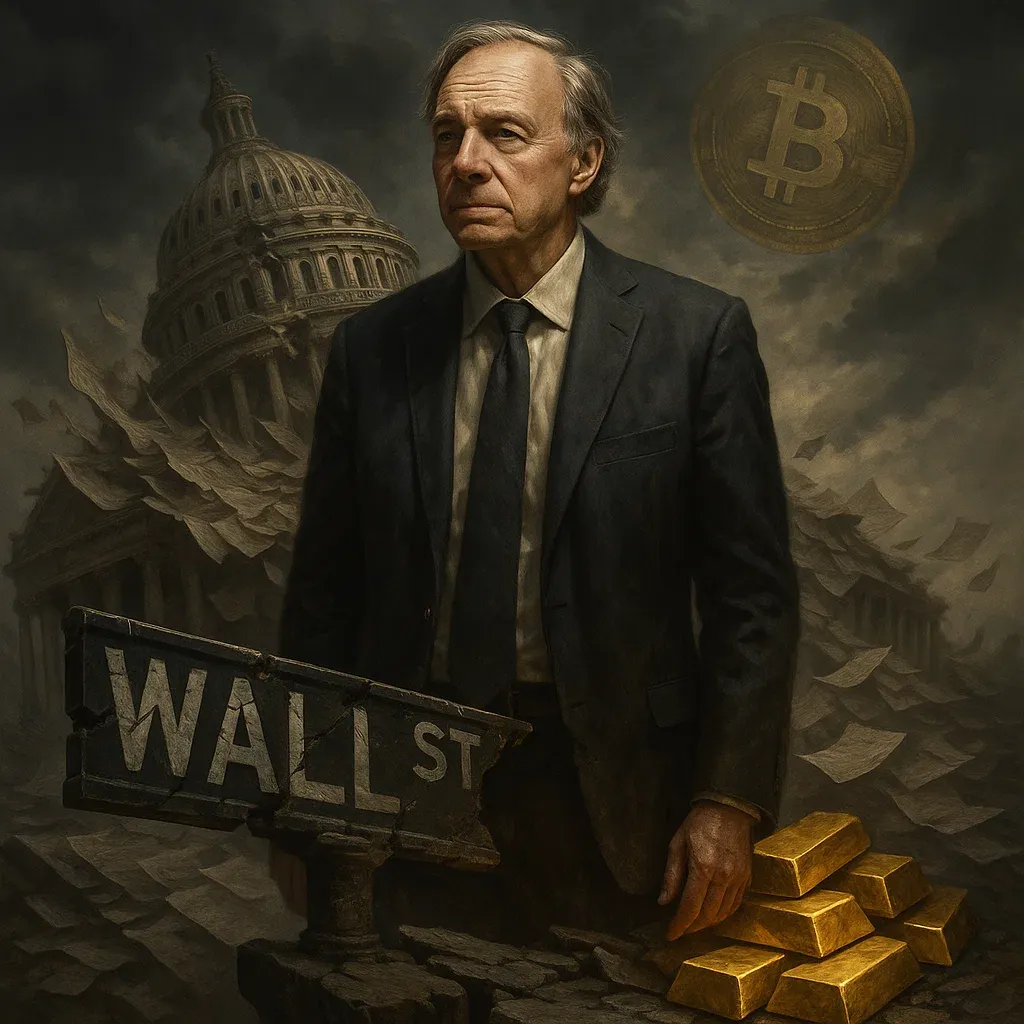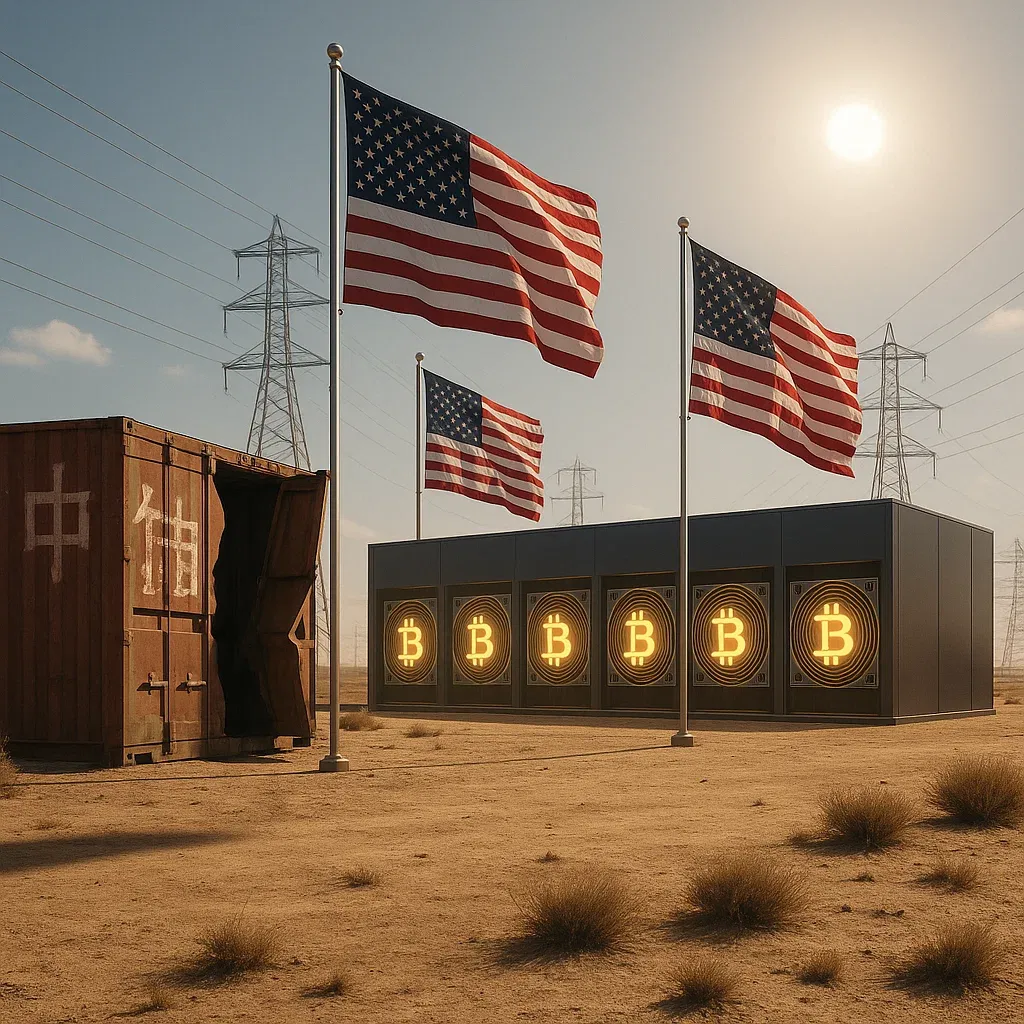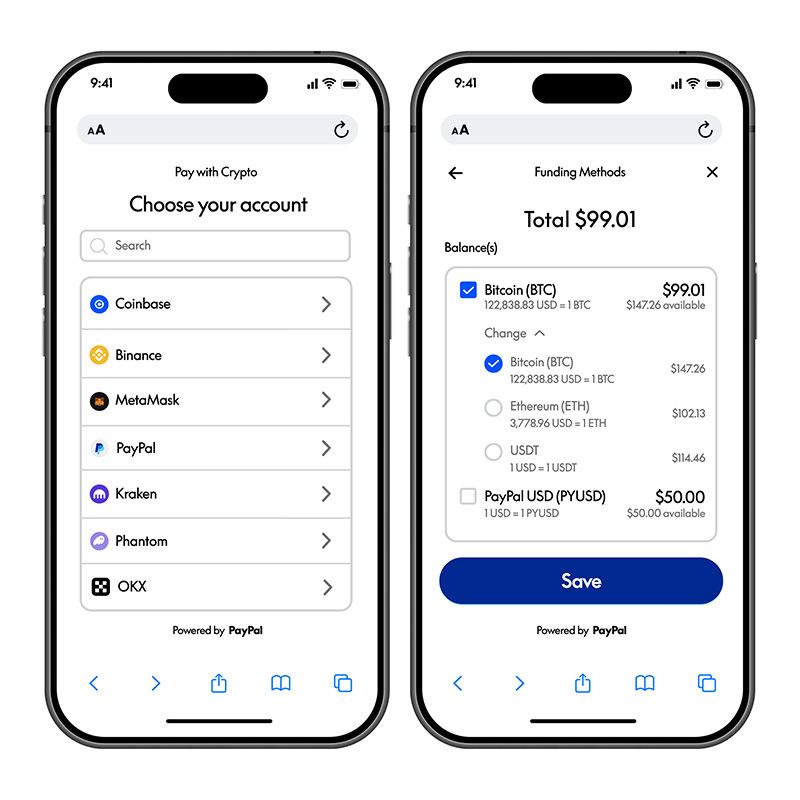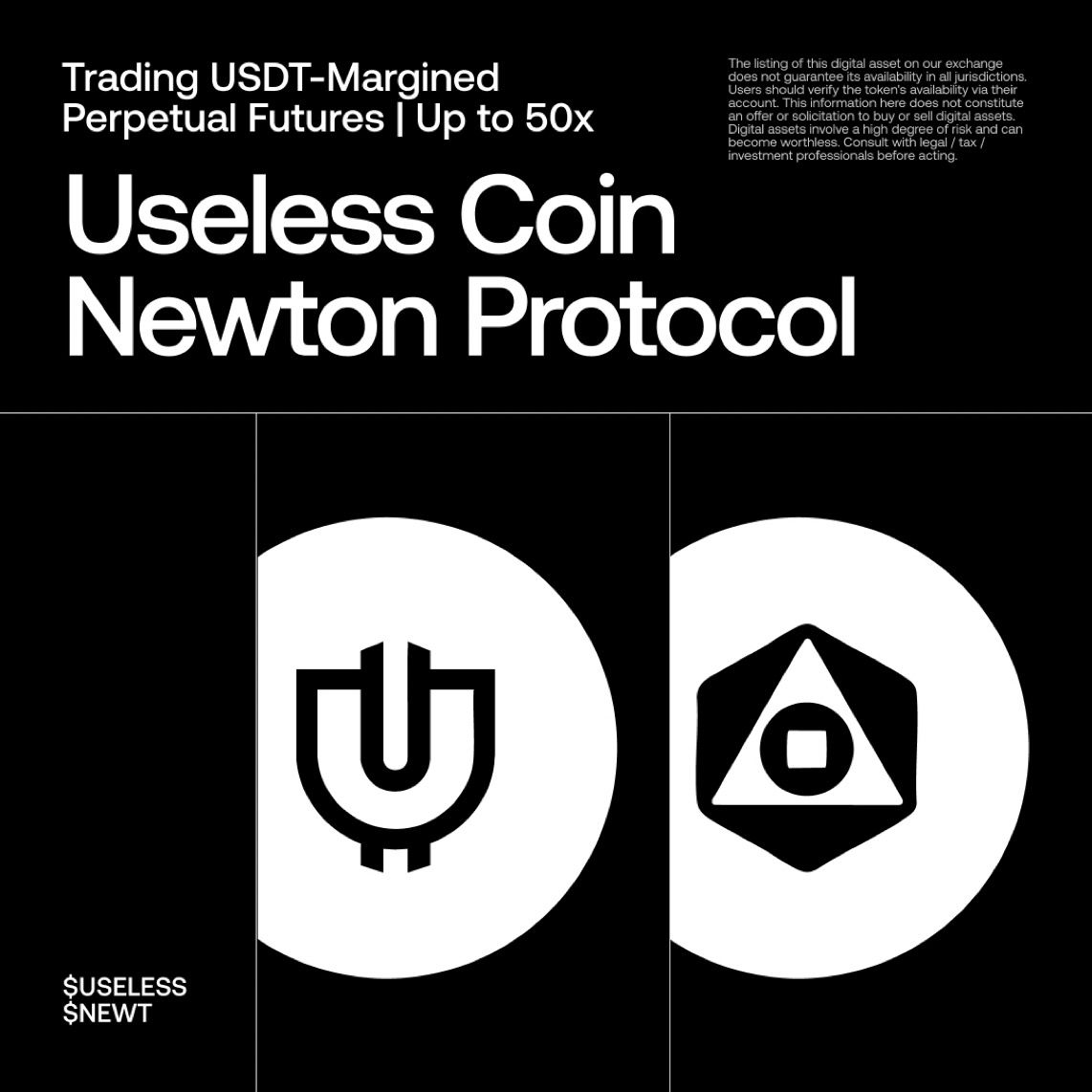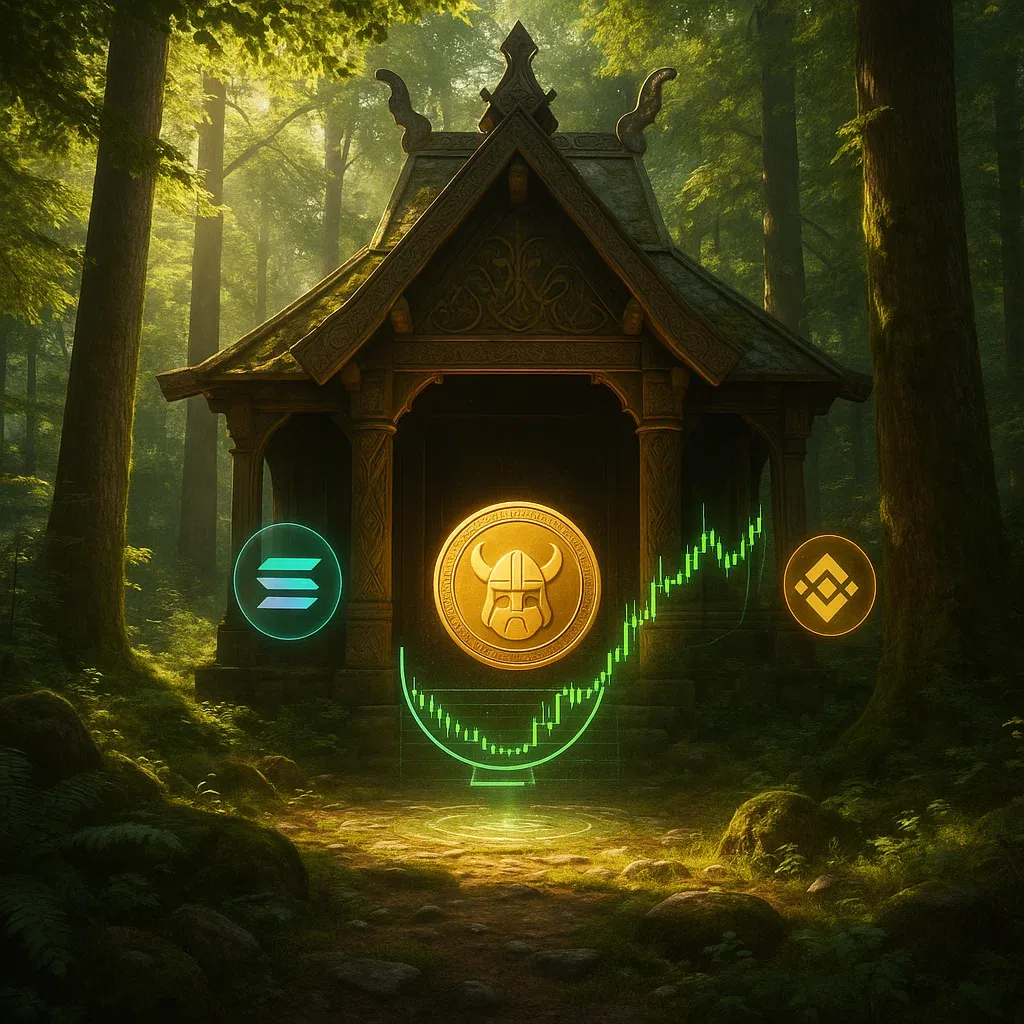The Bitcoin Satoshi Didn’t Predict: Why BTC in 2025 Looks Nothing Like the Whitepaper
📜 Satoshi’s Whitepaper Was a Revolution — But Also Naive
When Satoshi Nakamoto dropped the Bitcoin whitepaper in 2008, it promised financial freedom from banks, middlemen, and inflation. But 15+ years later, Bitcoin is a beast Satoshi never imagined — and frankly, never predicted.
Let’s break down the gaps between vision and reality — and why that might be a good thing.
⚙️ Scaling? Decentralization? Not Exactly
Satoshi imagined “one CPU one vote.” Reality? Welcome to the age of ASIC mining monopolies.
- Bitcoin can only handle 7 transactions per second
- Network fees spike during demand surges
- Industrial mining farms dominate hashrate
- And Bitcoin’s energy use? Think “nation-state level”
The whitepaper didn’t see any of this coming — and that oversight is now baked into the chain.
👁️ Transparency Over Anonymity
Satoshi pitched BTC as anonymous electronic cash. Reality check: it’s the most trackable public ledger on Earth.
- Every transaction is public
- Chain analytics firms can link wallets to identities
- And there’s no “undo” — send it wrong, it’s gone
Banks may be out of the picture, but they’ve been replaced by centralized exchanges, KYC layers, and wallet custodians. Bitcoin didn’t remove intermediaries — it just swapped them.
💸 The Economic Model Is Cracking
Satoshi’s plan: as block rewards shrink, fees will take over. But guess what? That transition hasn’t happened.
- Fees make up a small slice of miner revenue
- With every halving, security incentives weaken
- And the network’s future rests on… wishful volume projections?
If BTC doesn’t become heavily used soon, miners might exit — and security could unravel.
🛍️ Peer-to-Peer Money? Not Anymore
Bitcoin isn’t your everyday cash. It’s not being used in shops. Why?
- Price swings make it impractical
- Transactions are slow and expensive
- And user-friendly infrastructure is still lacking
Bitcoin was meant to be spent — but in 2025, it’s mostly hoarded. It’s “digital gold,” not PayPal 2.0.
🧠 So Was Satoshi… Wrong?
No. Just incomplete. The whitepaper started a movement — but left a lot unsaid.
What we’ve learned: money only works when it moves. And Bitcoin’s next evolution might finally deliver on that.
🔄 Value Comes From Circulation, Not Just HODLing
Here’s the truth: Bitcoin becomes valuable through exchange, not just saving.
If you only ever hold it and never spend it, BTC becomes… a rock. A volatile, expensive rock.
Trade is what gives money power. Not hoarding. Not hype.
Bitcoin must circulate to create wealth, coordinate value, and solve real-world problems. That’s how capital grows. That’s how Bitcoin wins.
🛠️ The Infrastructure Gap
To truly become “money,” BTC needs more than memes and moon talk.
It needs:
- Fast, low-fee payment rails
- Secure, self-custodial tools
- Merchants, apps, wallets — not just ETFs
Until we build the rails, Bitcoin will stay speculative. But once we do? It becomes unstoppable.
💥 TL;DR:
- Satoshi didn’t predict industrial miners, broken fee models, or KYC exchanges
- Bitcoin isn’t anonymous, scalable, or peer-to-peer cash (yet)
- The future of BTC lies in usage, not storage
- Infrastructure will define whether it becomes real money — or just digital gold 2.0
Bitcoin doesn’t win by being saved. It wins by being spent.
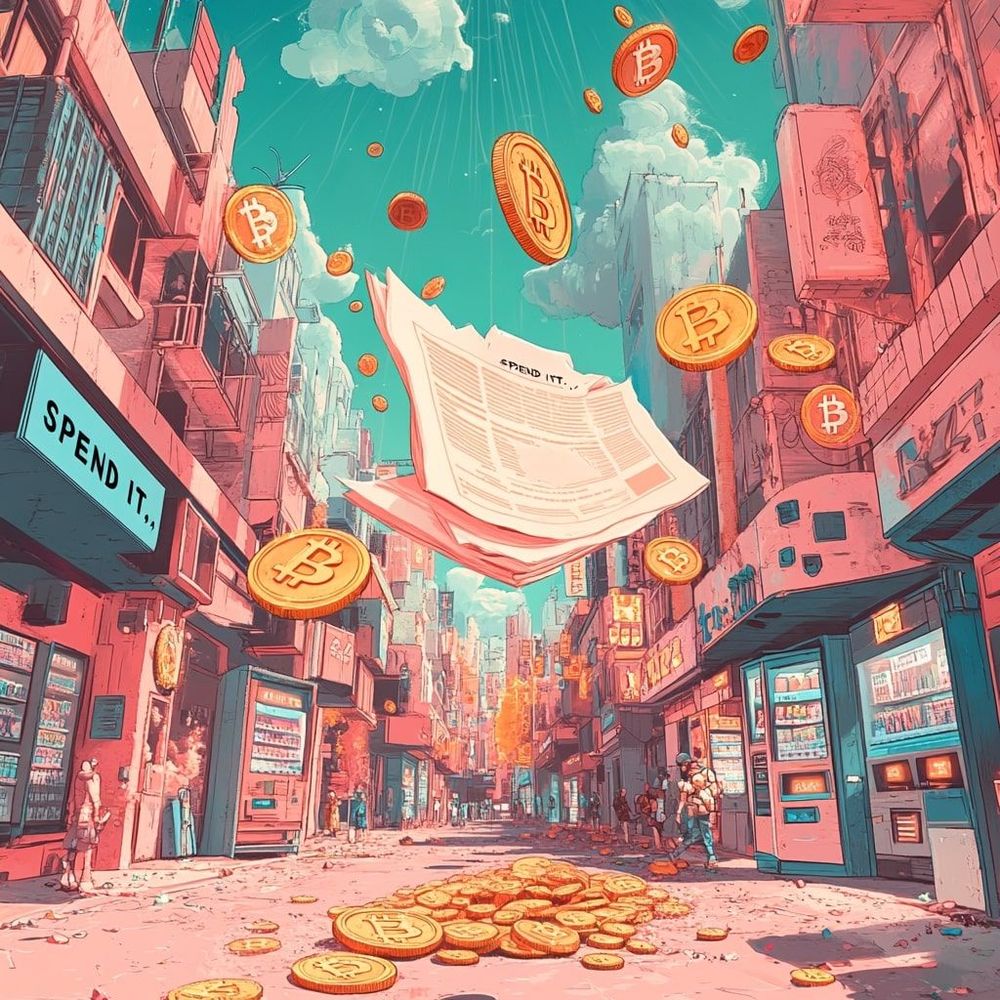
Recent News
All Time High • Live
Have questions or want to collaborate? Reach us at: info@ath.live
